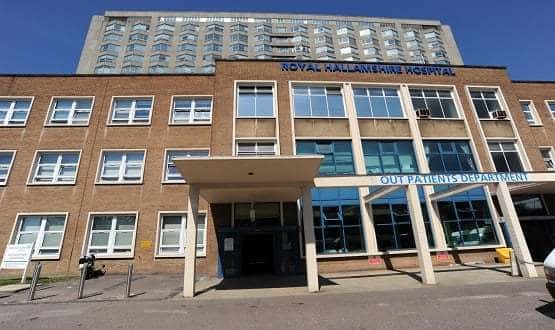iSoft: NPfIT less relevant to revenue
- 17 February 2010
ISoft saw its revenues from the National Programme for IT in the NHS drop 19% in the six months ending 31 December 2009, in comparison to the same period in 2008.
The Australian company, which is one of two suppliers of ‘strategic’ electronic patient record systems to NPfIT, showed a strengthening in revenues outside the programme.
But figures released yesterday showed that revenues generated from the programme dropped from £32.4m (A$72.4m) for its H1 2009 accounting period to £26.3m (A$49.6m) for H1 2010.
The drop comes despite ISoft being paid £6m (A$11m) by local service provider CSC as payment in lieu of milestones in the programme. It predicts the gap will widen further, with full year revenues from the programme forecast at £49m (A$90m) compared to £58m (A$127m) in 2009.
However, executive chairman and chief executive Gary Cohen, was confident on a conference call to announce the results, saying NPfIT had become “less relevant” to group revenues.
Slides also indicated that the company believes it will be “well placed” even if the programme reduces the scope of the Lorenzo product that it is due to deliver to the North, Midlands and East of England.
ISoft posted a 14% decline in overall revenue the six months ending 31 December 2009, which it said was predominantly due to currency fluctuations.
It received revenues of £135m (A$237) in its H1 2010 accounting period, compared to £157m (A$275m) in actual currencies in H1 2009.
The company’s EBITDA also decreased by around 40% from £39m (A$68m) in H1 2010 to £23m (A$41m) in H1 2009, while net profit dropped by more than half from £5.9m (A$10.3m) in H1 2009 to £2.8m (A$4.8m) in H1 2010.
On the conference call, Cohen said that the company continued to perform strongly outside the programme, seeing an 11% increase in contracts with revenues of £47m (A$90m) in H1 2010 compared to £43m (A$128m) in H1 2009.
Last week, EHI revealed that NPfIT releases of Lorenzo will probably stop at Release 2, in order to help generate the £600m savings that need to be made by the programme following last year’s Pre-Budget Report.
Although Cohen said that no final agreements had been made around the scope of the system, a slide in the presentation indicated that regardless of the outcome, the company would still be in a strong market position.
It said: “The more product that is descoped from the NPfIT, the more opportunities we have to sell that functionality either through the LSP structure or directly to the trusts generating additional revenue.”
The company also announced that it had signed a new deal with CSC in December, extending earlier agreements through which it made 1,200 personnel available to the company until 2010.
ISoft said it had also increased its presence in the German market and successfully entered markets in the Dominican Republic and Peru. ISoft also established that a major growth driver would be in the US market, where a $34 billion stimulus investment has been made in healthcare IT.
Links: ISoft FY10 results
ISoft FY10 results presentation




